

The polished gorge walls were less than an arm span apart. Only a sliver of light entered at a cathedral height above and the gorge was bridged by a stout fallen tree downstream. Though calm now, the past ferocity of the water was evident. The stream blasted 400m through a small mountain range, treating whoever dared to enter to gorgeous hollows, long swims in the narrows, boulders to climb and chimney squeezes to perform. Needless to say, the water was freezing.
Geological features like this characterize the MacDonell Ranges. Rising abruptly in the desert in east-west lines, the range is split into ‘East Macs’ and ‘West Macs’ by the town of Alice Springs. While the West Macs feature the better known sights and the Larapinta Trail, the quieter East Macs boast hidden gems of its own including a ghost town from a bygone gold rush era.
I had dreamt of a winter visit to central Australia for many years. Like many, I lacked the time to drive the vast distance from the East Coast. Stories of the night sky in the dry desert air, wild flowers and meteor craters tempted me to find a way. I was finally able to visit in mid-June 2024 as a part of the ‘Western Half Lap’, an iconic 3 to 6-month road trip commonly taken by grey nomads, parents on long service leave and international backpackers.
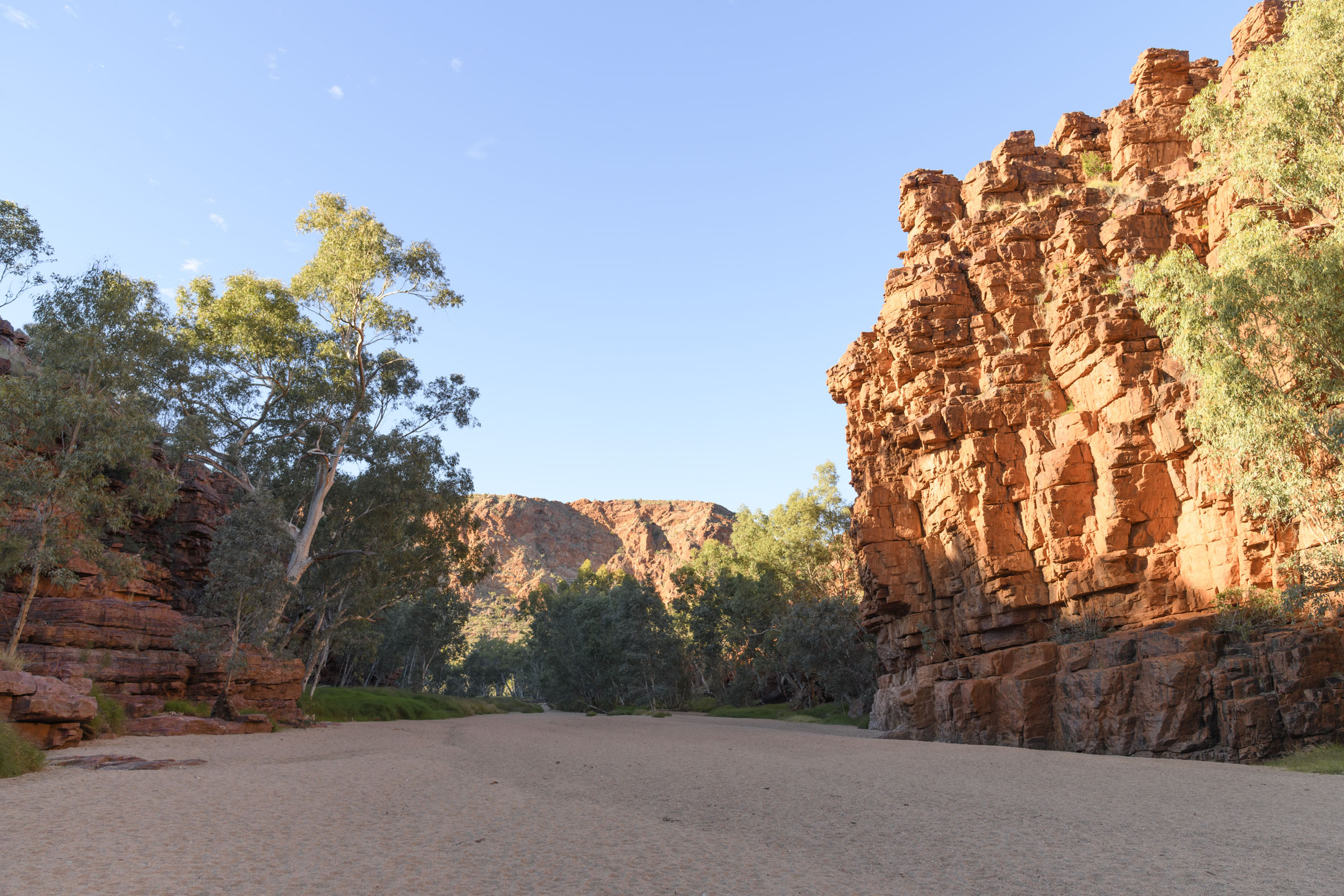

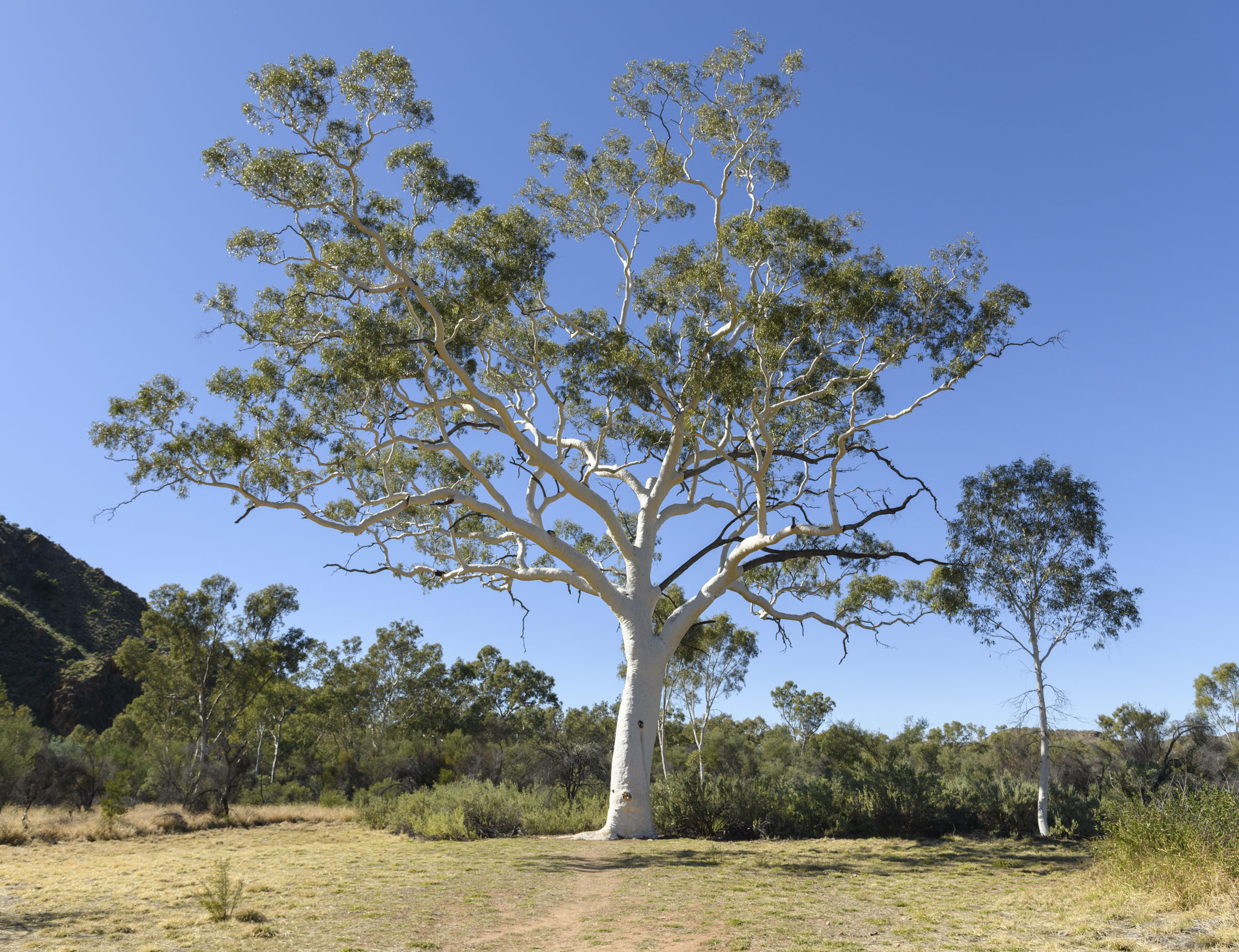
I first set up base at Trephina Gorge Campground in the East Macs. The gorge is dry except in rare times of flash flooding but supports a large grove of red gums with its underground aquifer. While most desert plants are conservative in size, a huge specimen of ghost gum with a canopy over 50m across is nearby.
Images of these trees with their bleached white trunks against the sunburnt mountains were the subject of Albert Namatjira’s famous paintings. Initially learning from western painters while working as a cameleer and guide, he soon developed a style that depicted his beloved homeland blending watercolour influences and traditional repetitive patterns. These works have inspired generations of travelers to see a land of contrasts.
There are regular nature talks in winter and one was scheduled here on the topic of ‘bush tucker’. An aboriginal ranger laid out a dozen items on a pop up table including some a bush banana, herbs, a brush of wattle and the relatively well-known bush coconut (a scale insect gall on bloodwood trees).
‘I picked these on the way today. Just ask me questions.’ The ranger wanted this talk to be entirely audience led. A short period of silence followed.
‘How do you pick the bush coconuts?’
‘I knock them down with rocks. Avoid ones with exit holes. The insects have left and the inside will be rotten.’
He then invited the courageous to try. Breaking the pod open revealed a thin coconut like flesh layer and a jelly like core with a worm. I tried the coconut section only.



Had it not for a short gold rush in the 1890s, few outsiders would have ventured here. A 30km east bound dirt road led to the old steam battery, police station, houses and mine shafts at Arltunga. Gold deposits were not aluvial here and necessitated an efficient way to crush rocks. A state-owned battery was moved from South Australia against enormous adversity. However, the low yields meant miners often could not afford the upfront crushing fees.
The White Hill cemetery revealed the fates of those who dared to stay on – lack of water, disease and harsh climate led to financial ruin, disease and untimely deaths for the majority of its inhabitants. The policeman also had a bad time but not for the reasons one might expect. An argument with the publican over where livestock can be kept led to a bitter relationship and a recall order from the higher-ups due to rumours of insobriety from an unknown source.




After almost 15000km on the road I looked forward to seeing a familiar face. My friend Brooke was completing her first season of guiding on the Larapinta Trail. She showed me around Desert Park on the outskirts of Alice Springs. It was easy to feel absorbed here as a first time visitor. Set beneath the Macdonell Ranges the park showcased a nocturnal house, a daily programme of activities as well as gardens mimicing a variety of desert environments like claypans.
The seating at the outdoor theatre was full with one quarter occupied by guests in red shirts from the Ghan. An imitation blue egg sat at the centre next to a stone. A raptor enters, picks up the rock and smashes open the egg.
The show had begun. The host asked the audience to close their eyes and listen for any sounds. A few seconds later a barn owl had silently flown across the theatre, a good performance for what would have been its 'night shift'. Next a wedge tailed eagle performed a fly-by while complaining to its handler that there is another wild eagle in its territory. All this while, a tawny frogmouth had been asleep on a post behind the audience.




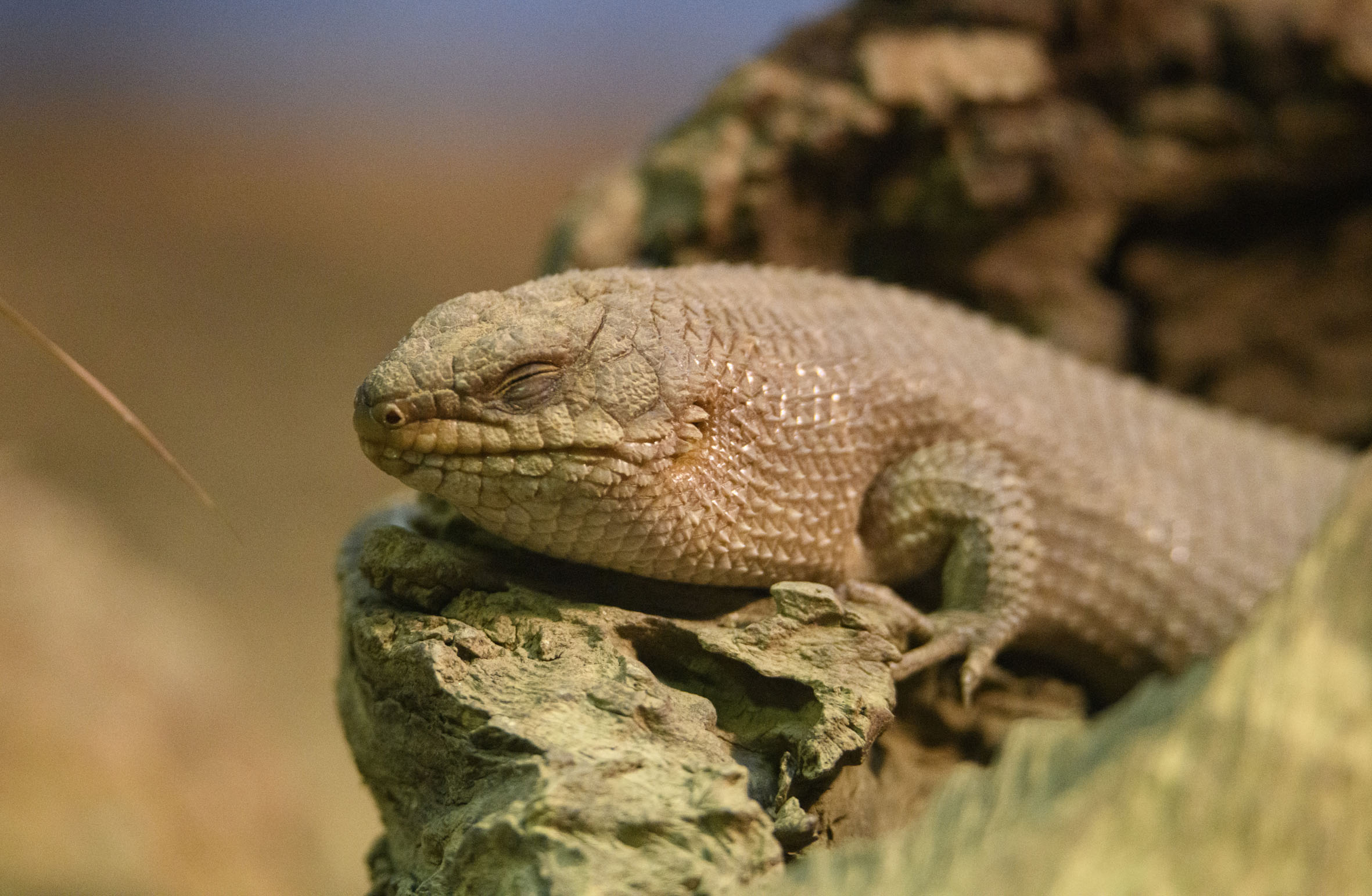
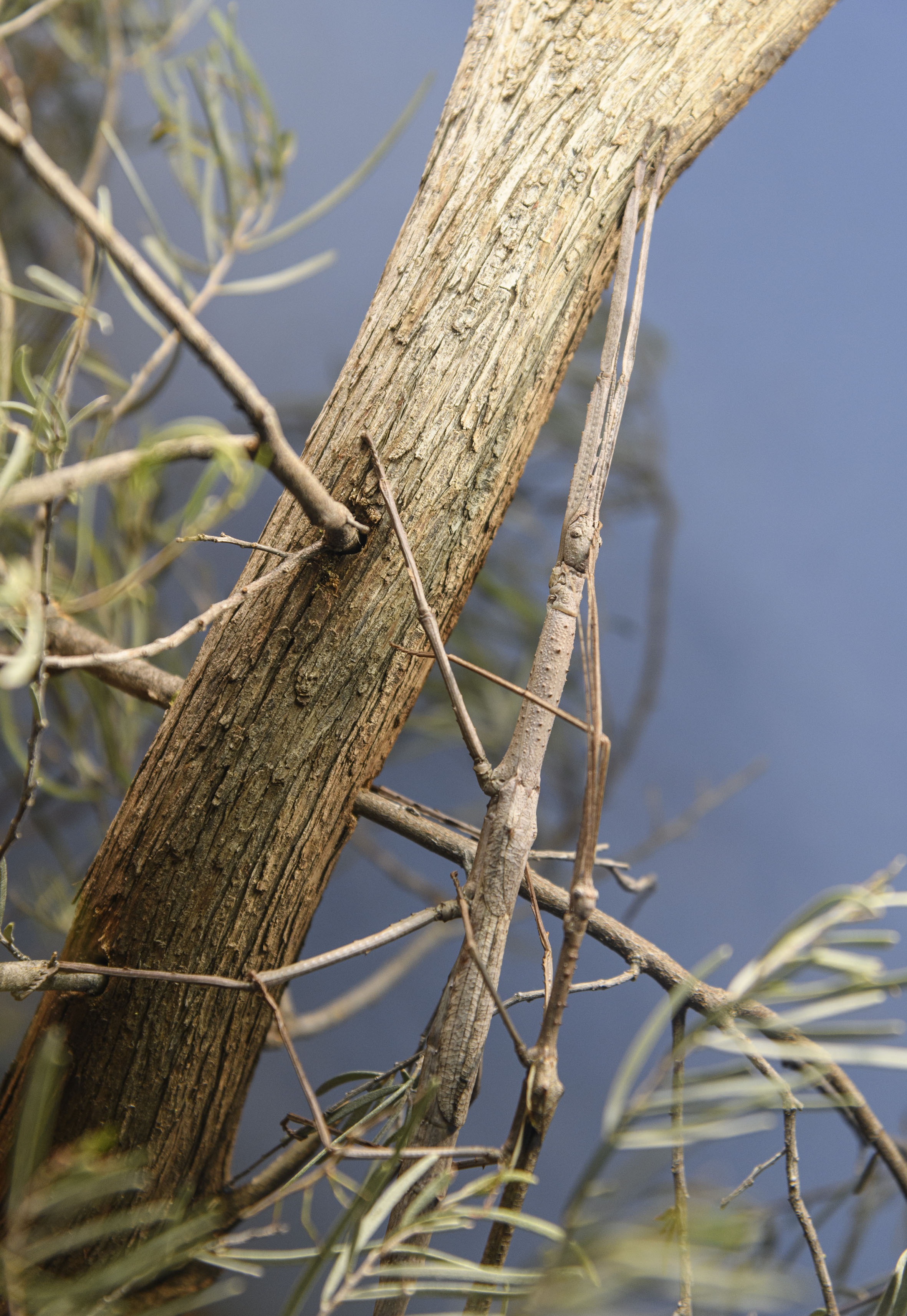
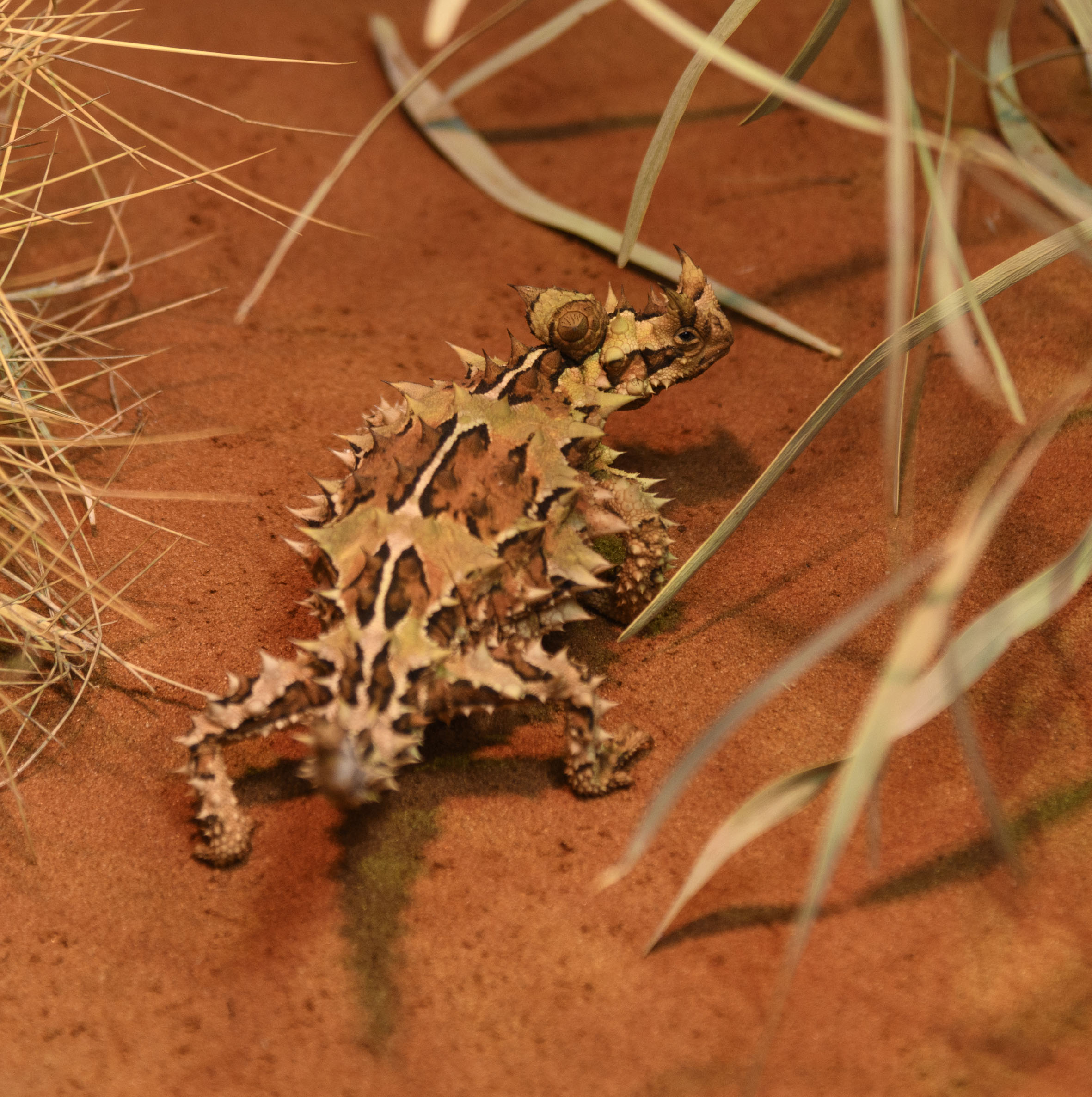
An advantage of knowing a local is getting local tips. Brooke’s colleagues suggested walking the Larapinta section 3 circuit in one day. Starting at Standley Chasm, this is a great option for those wanting to experience some of the remoteness and views of the famous walk with easy logistics. The track follows dry creek beds and even climbs over a dry waterfall.
I was greeted by a pleasant breeze on the ‘high route’ – a section climbing onto a ridge at approx. 1200m above sea level. Here the mountain drops off steeply on both sides (particularly the northern side) giving way to sweeping views of the desert and nearby ranges. Wildflowers were abundant even in early winter.





Standley Chasm is in fact one of the many attractions in the West Macs accessed by short turnoffs from Namatjira Drive.
At the next turnoff with my face numb after a swim I wondered whether the water birds of Ellery Hole wanted to catch fish after all. Ormiston Gorge featured light orange stone, magnificent high cliffs and a rewarding walk. Even further west the narrow Redbank Gorge took those who dared deep inside the purple core of a mountain and questioned the modern stigma against having a generous layer of blubber. From the same trailhead Mt Sonder rises 1380m above sea level and is open completed as the last day of the Larapinta Trail.
The latter trailhead features what can be described as a quirky piece of park design. Blending seamlessly into the ancient landscape, over 5000 black bollards were used across the two modest campsites and the day visitor area. For some entertainment I recommend asking anyone towing a caravan at Woodland campground about their experiences.
The lore details that NT parks saw a great price on plastic bollards and bought too many. They then tasked a planner on Darwin to find a way to use them.
‘This is how they shall park!’ He exclaimed as he drew and the first T shaped campsites were created. These extended perimeter lengths per fenced area by a factor of 2.5 and soon NT parks had their prized storage space back.
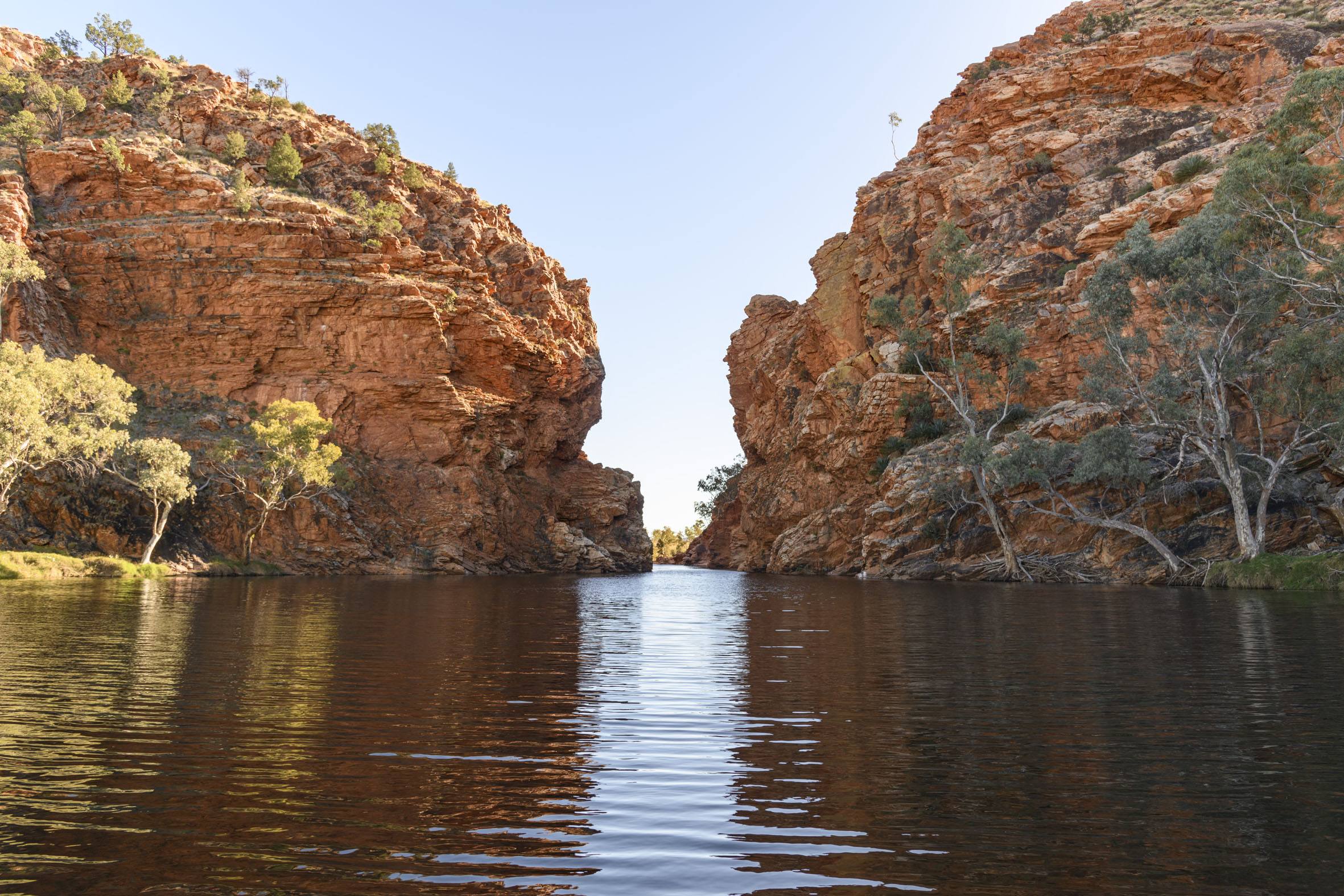
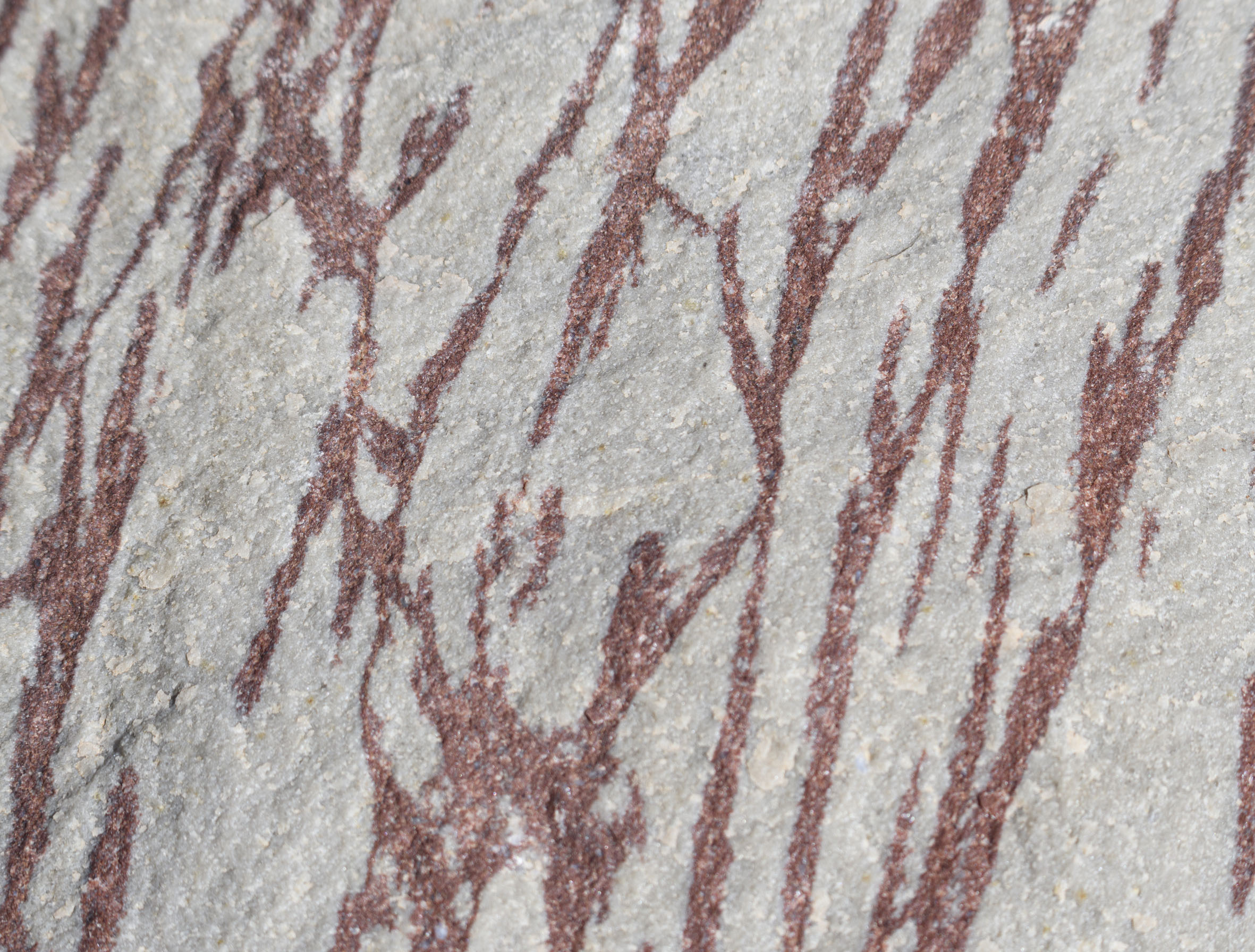

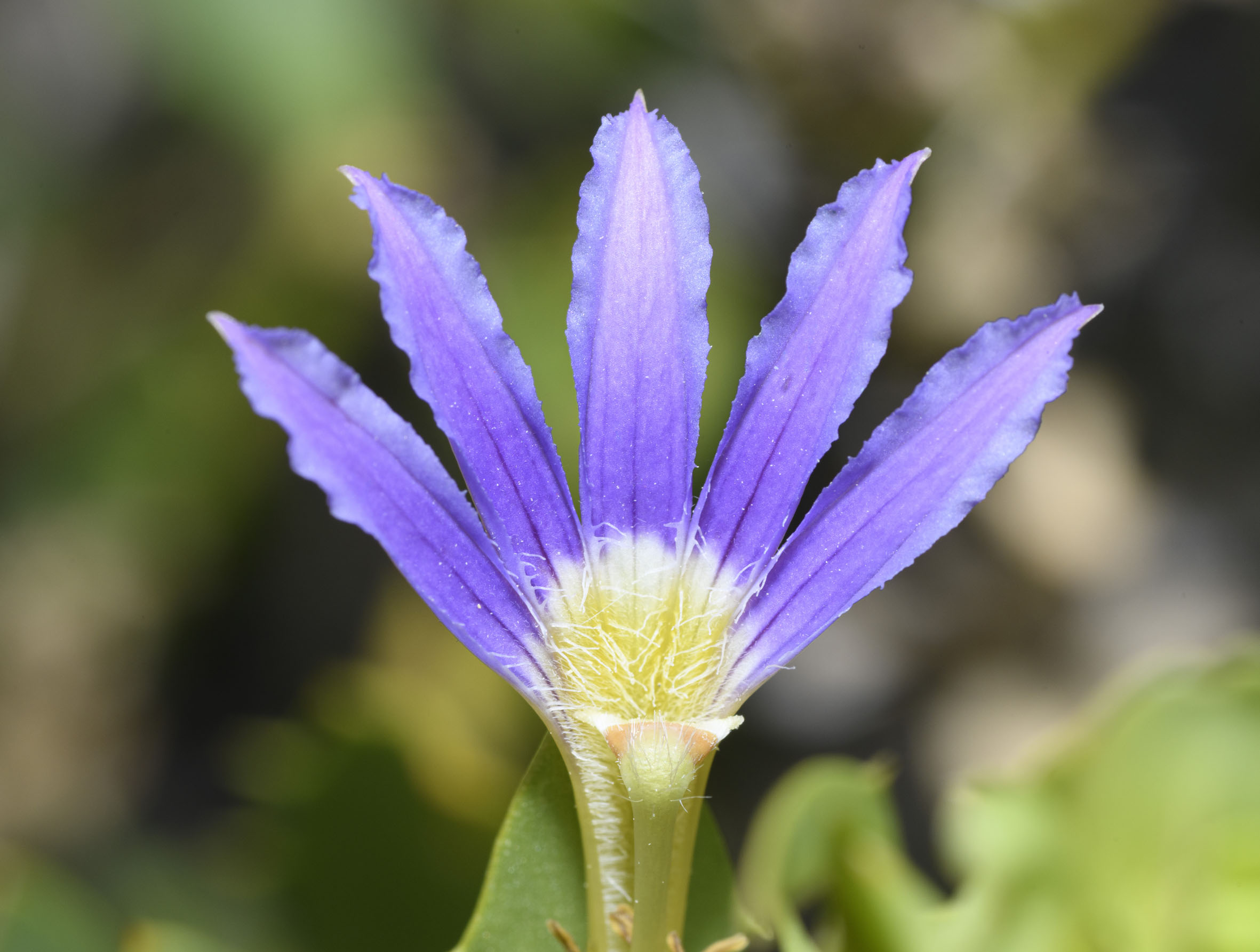
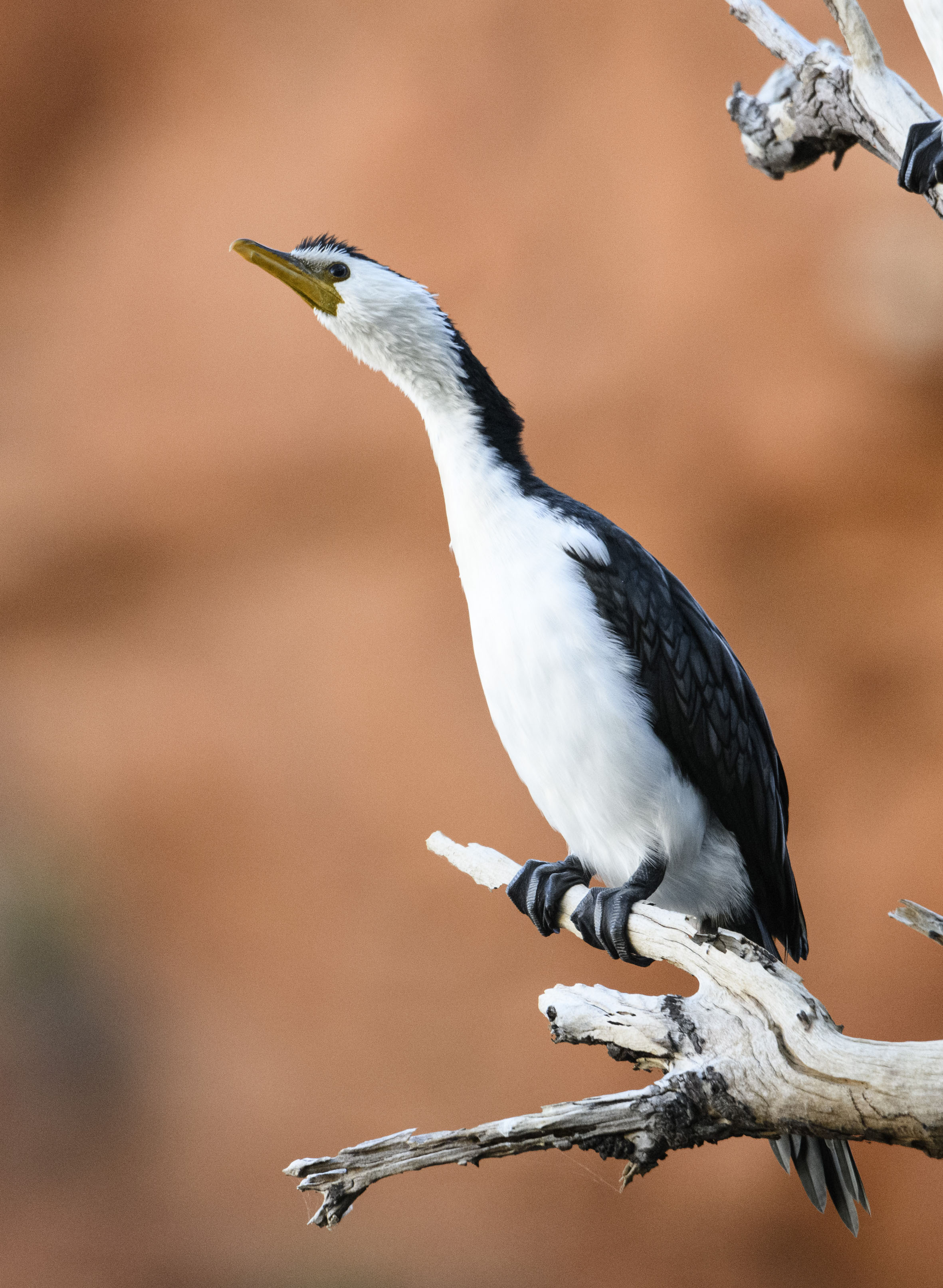
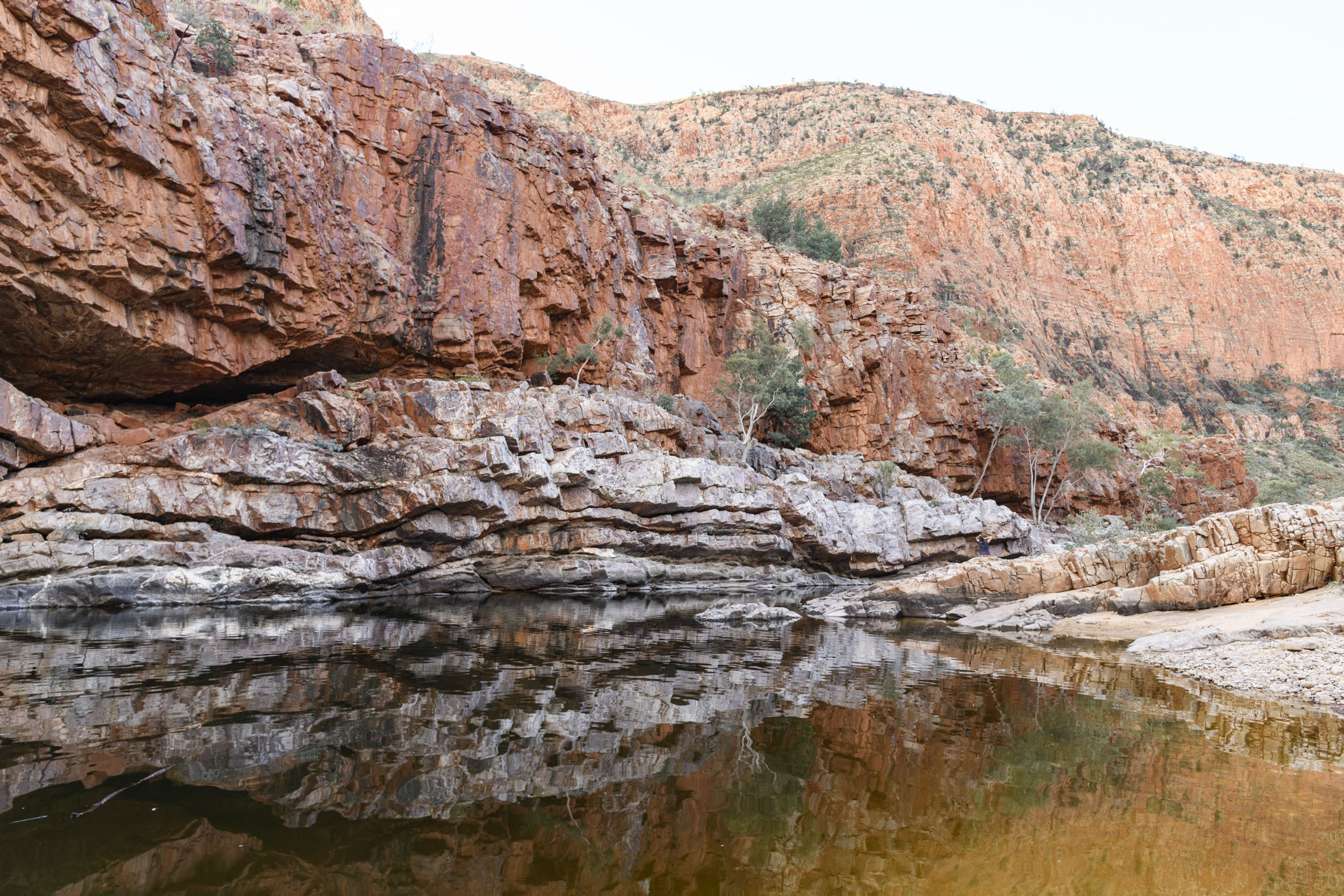
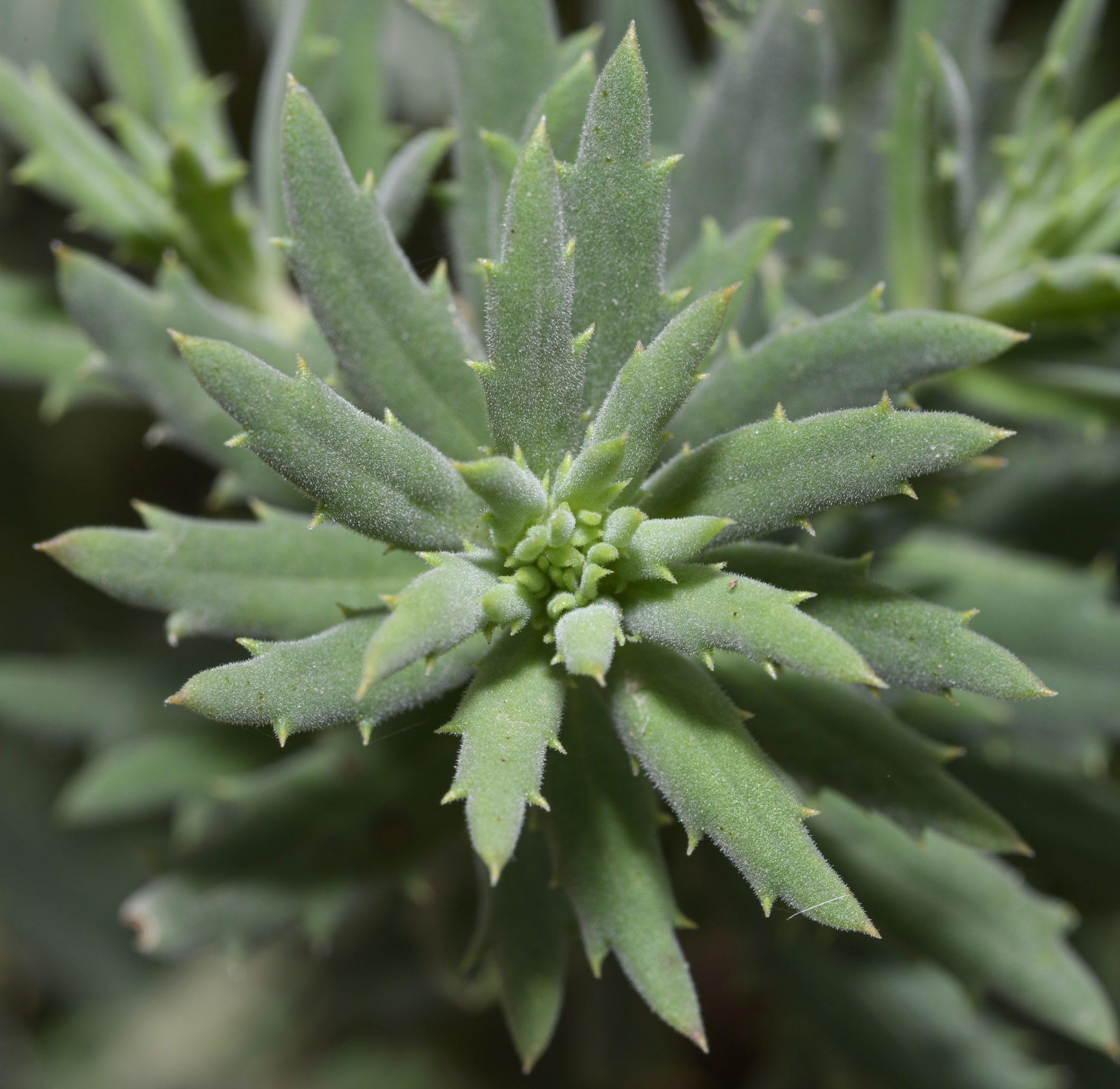
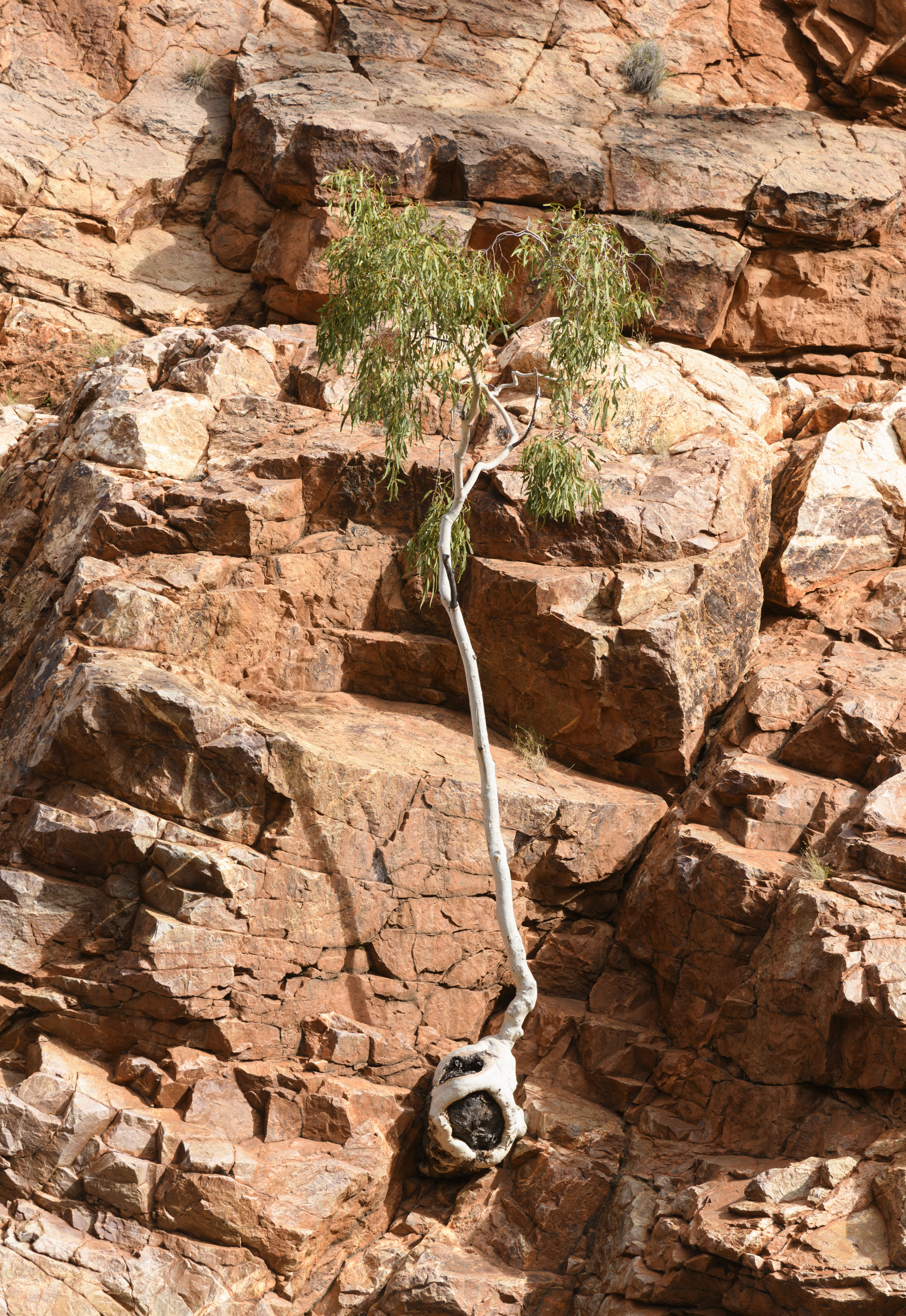

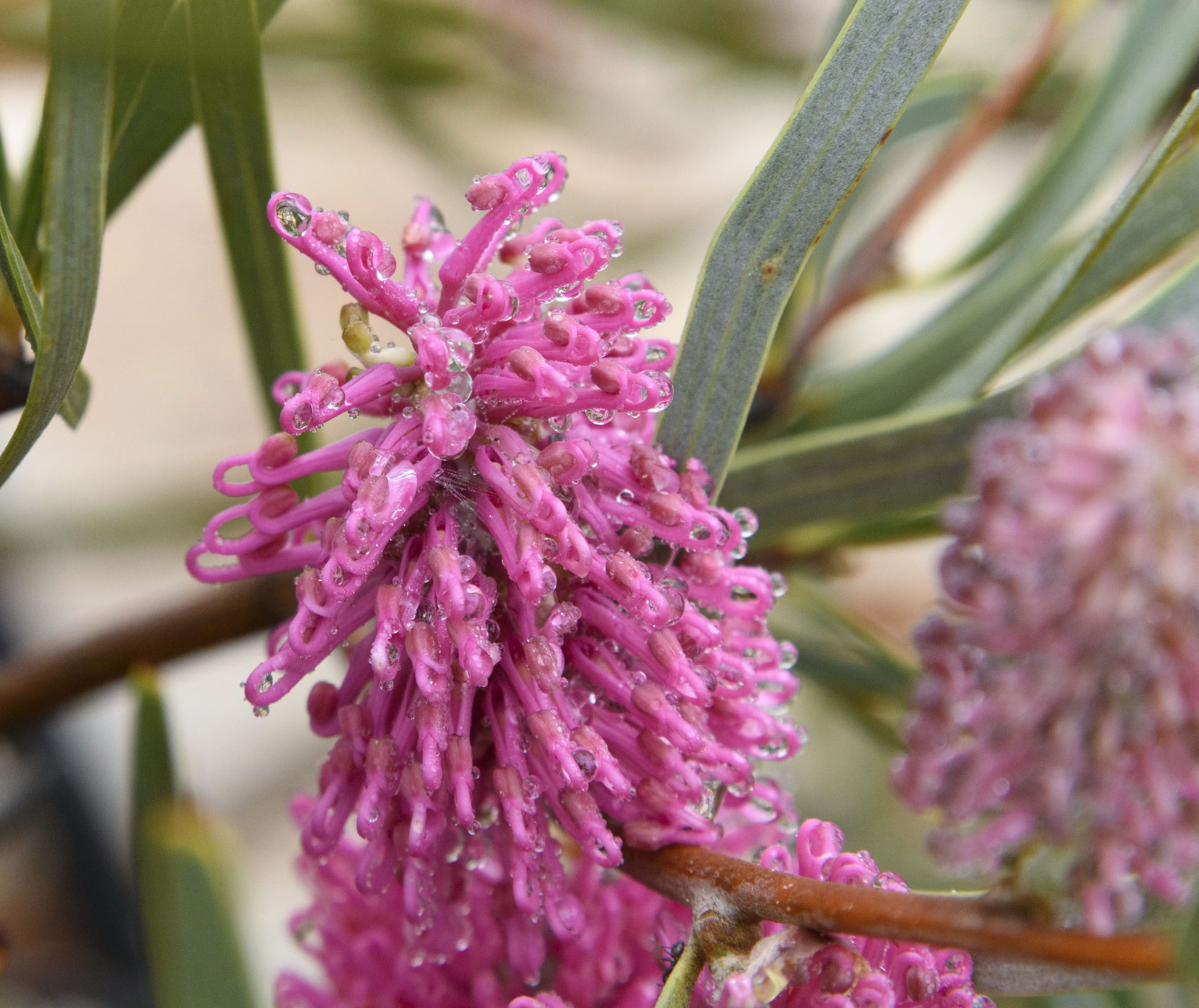



To finish the tour of geological features it was fitting to visit Tnorana (Gosses Bluff). An ancient meteorite strike left a crater 22km in diameter. Over time erosion has destroyed the main crater and exposed the inner crater – a 5km diameter ring of rock molten upon impact rising almost 200m from the surrounding plains.
The Western Arrernte story of the crater also attribute the crater’s creation to a falling object. In dreamtime, a group of celestial women were dancing as stars of the Milky Way. One of the women grew tired and put her baby in a wooden basket. As they continued dancing the basket fell to earth and formed the circular mountain range. The parents and the morning star continued to look for the baby to no avail and the upturned basket can be seen as the constellation Corona Australis.

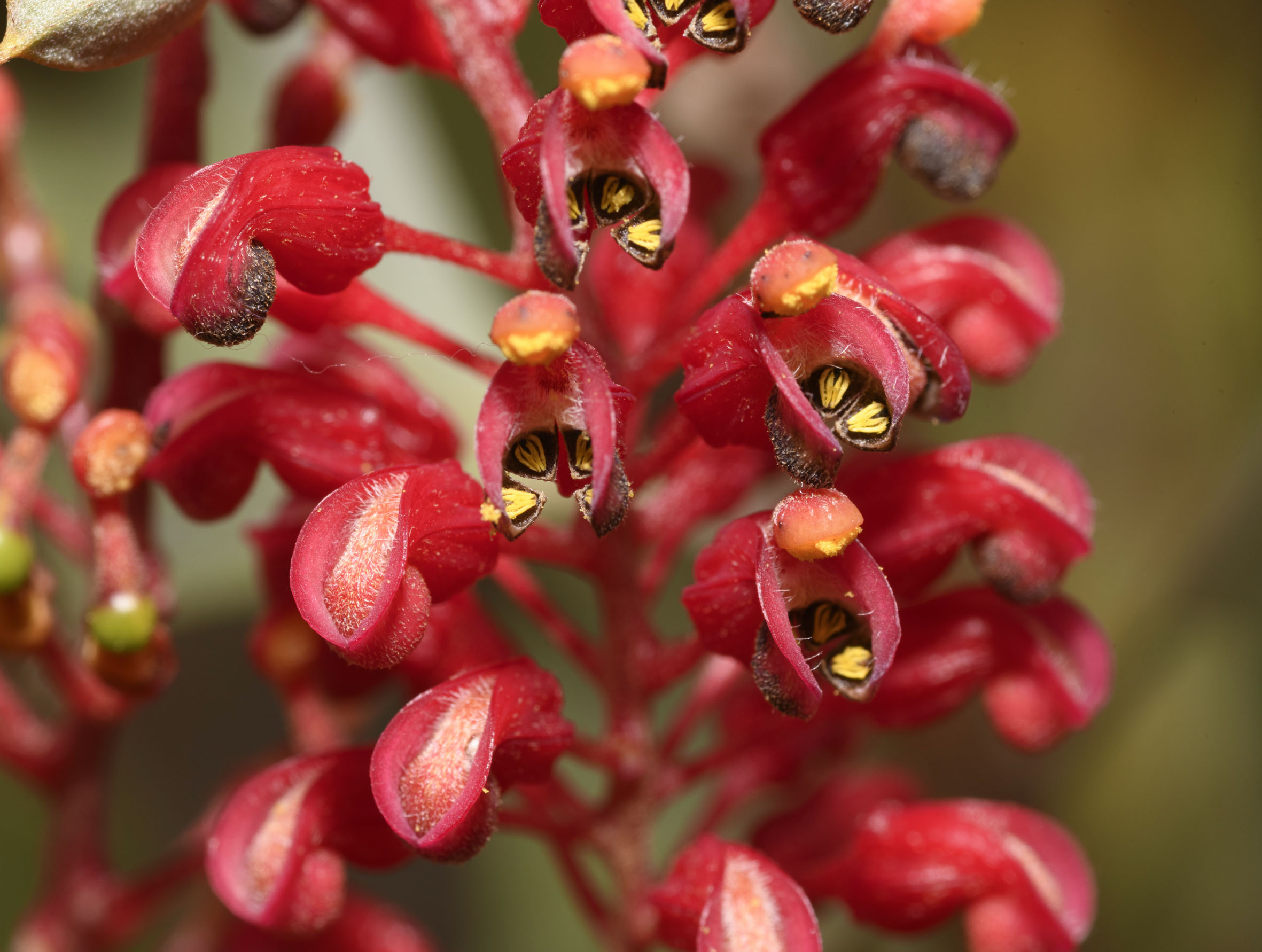
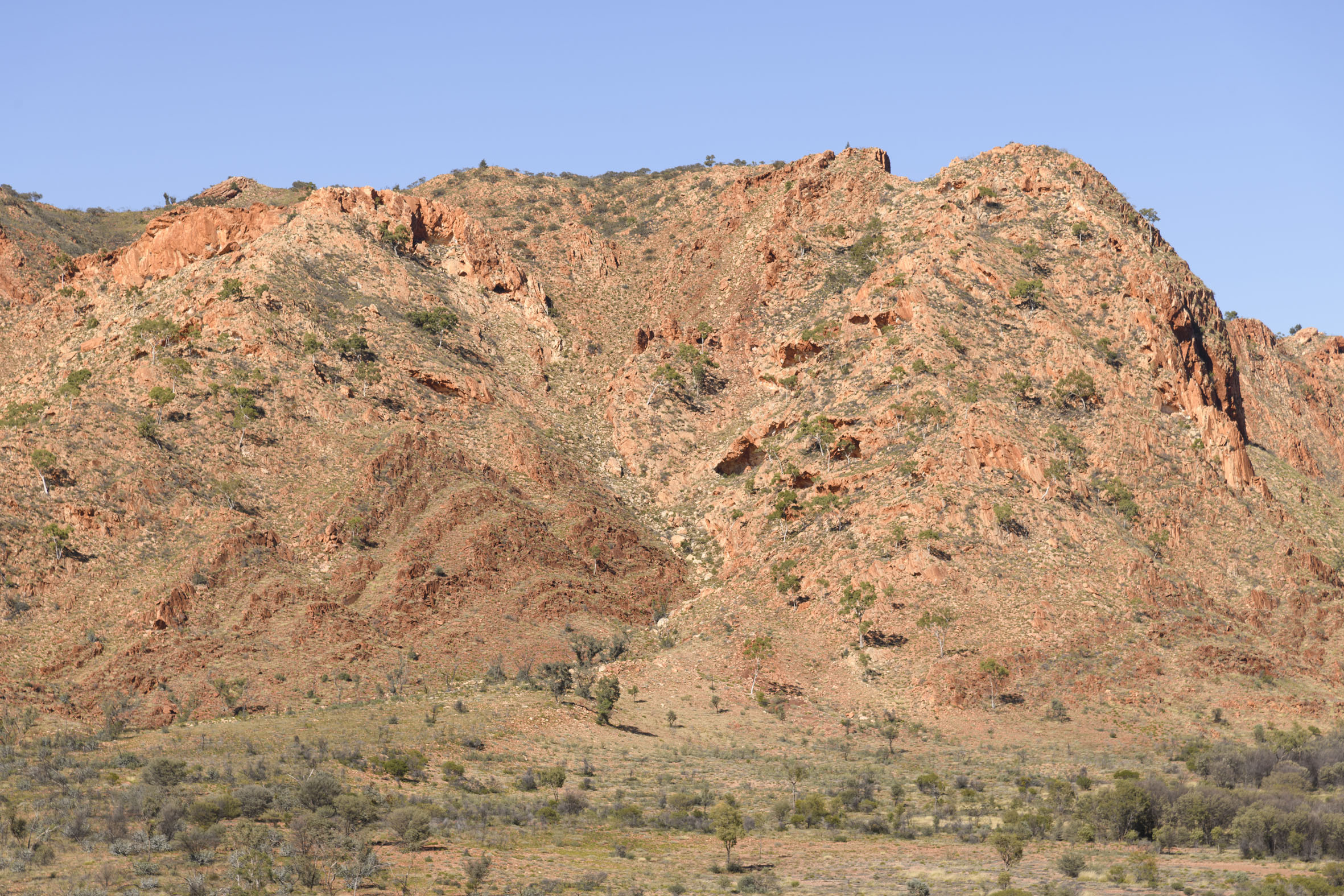
The night is again dry and clear. Tomorrow I head south, feeling absorbed by the scenery and stories of red centre and eager to return with a thicker wetsuit.
